Shopping Cart
Your selection of products now in cart
Your selection of products now in cart
Massage theraphy is the practice of manipulating muscles and soft tissues to promote relaxation, improve circulation, and relieve pain. It uses various techniques such as kneading, tapping and rubbing to target specific areas of tension and discomfort.
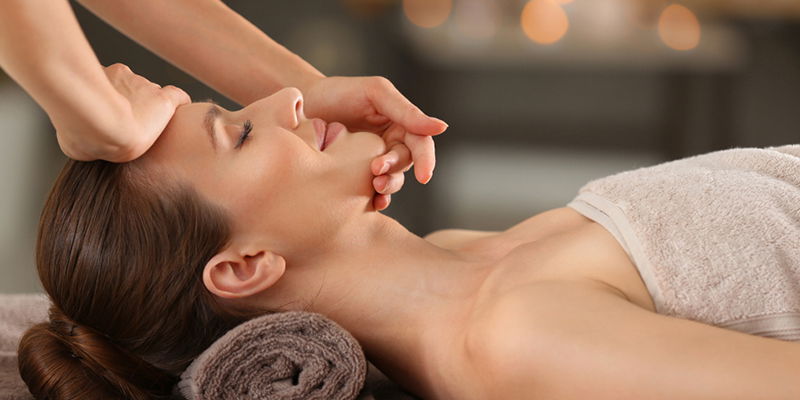
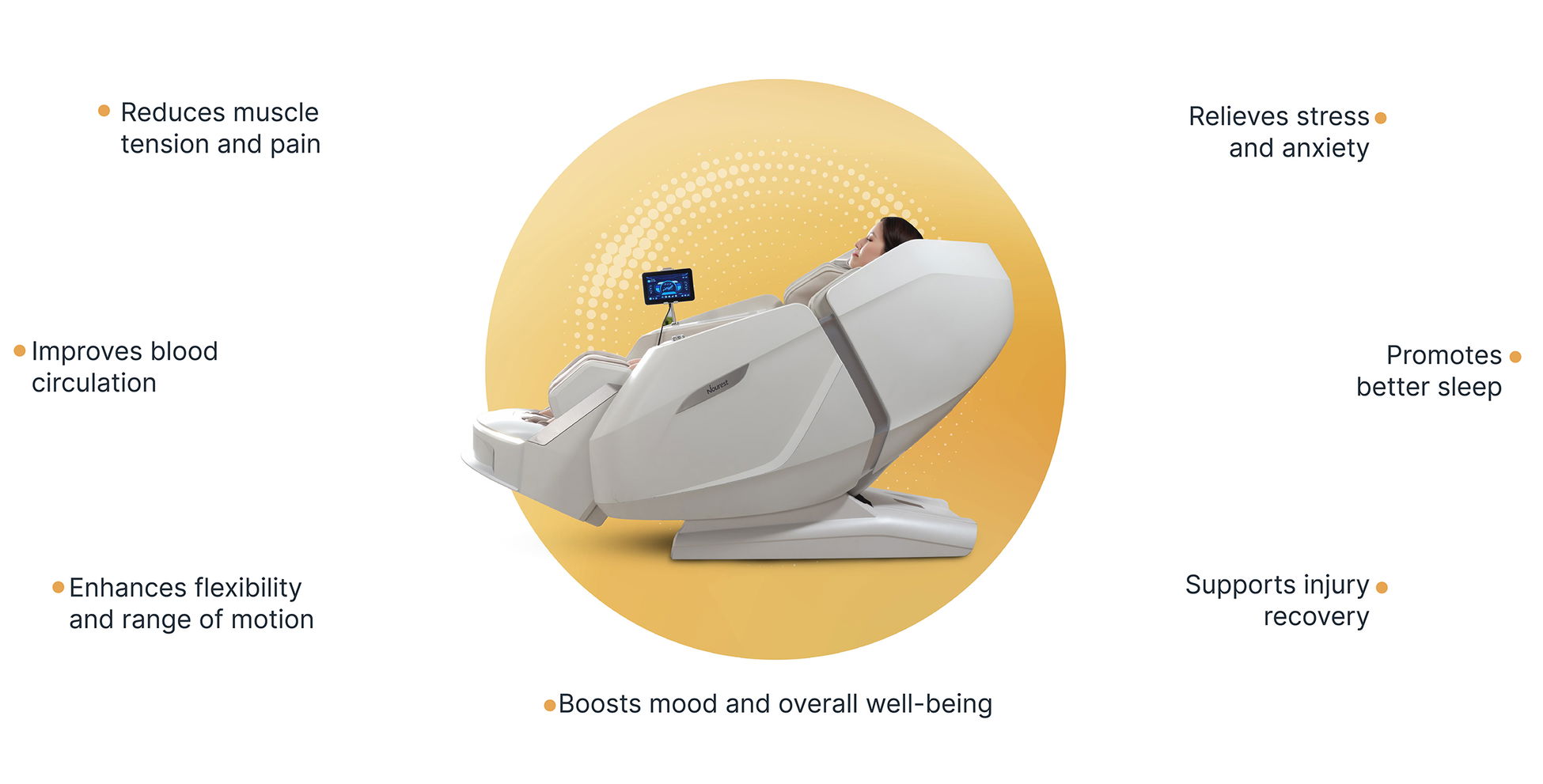
Massage therapy can be performed using both manual techniques and machine-based methods, each offering unique benefits. Here’s an overview of both approaches:
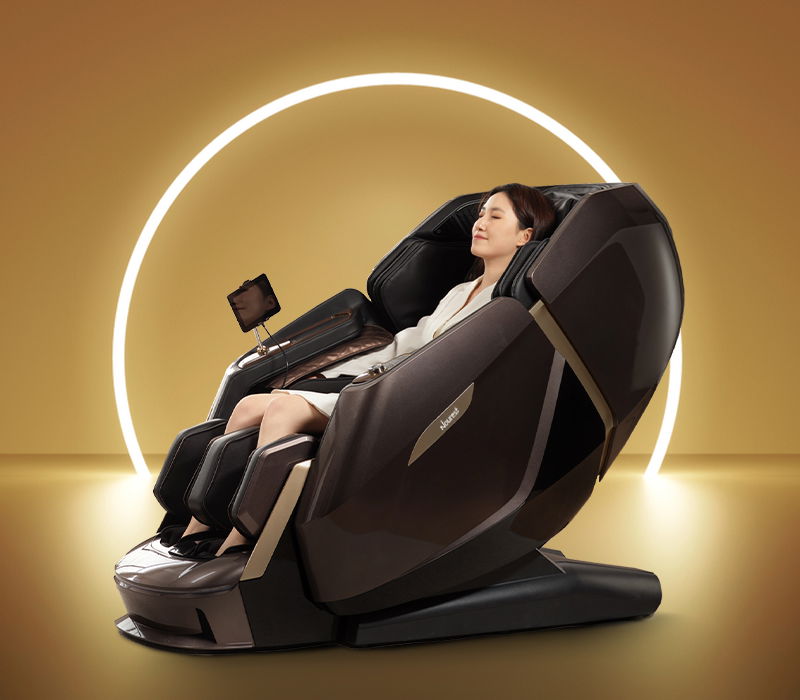
While manual techniques offer a personalized touch and skill-based application, machine-based methods provide convenience and consistency, often targeting specific muscle areas more efficiently. Both methods can complement each other for effective therapy.
Both machine-based massage and manual massage have their unique advantages, and which one is better depends on individual preferences, needs, and specific therapeutic goals.

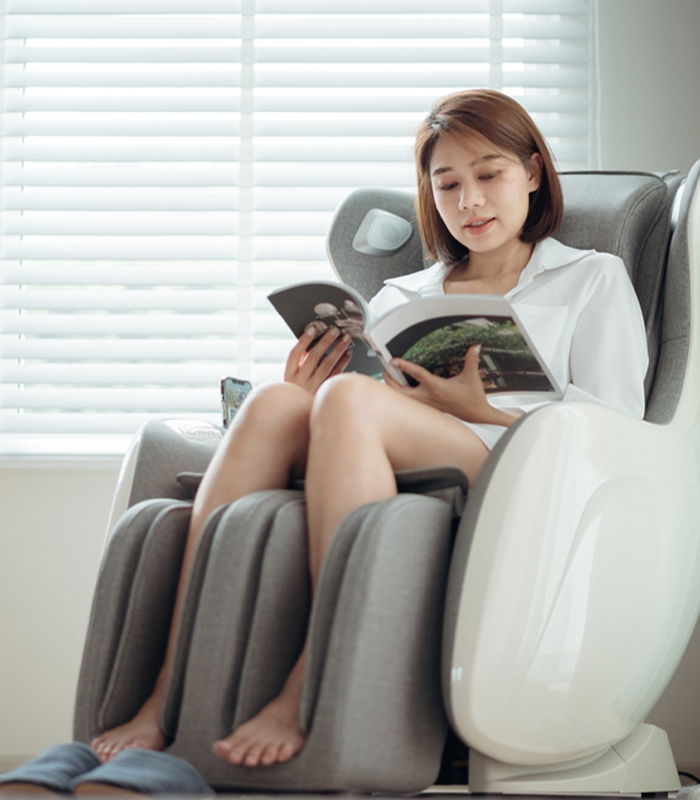
If yes, should I go with machine based massaging or manual massaging?
Knowing whether you need massage therapy generally depends on your physical and mental well-being. Here are some signs that may indicate you could benefit from massage therapy
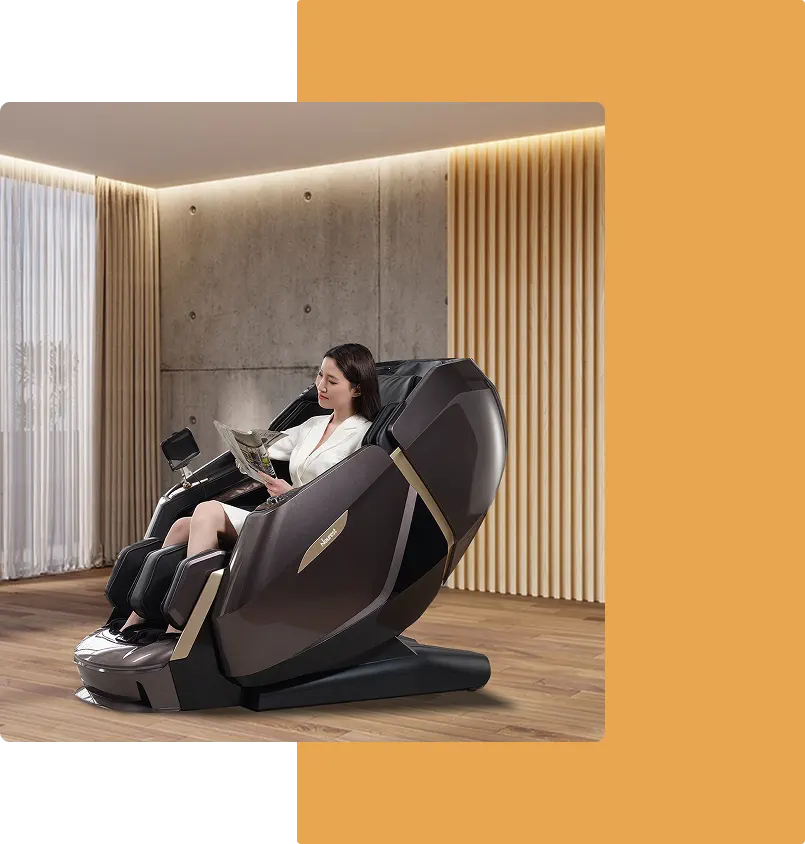

There are several types of massage chairs, each offering different features and massage techniques to cater to various preferences and needs. Here are the main types:
These chairs provide comprehensive massage coverage, targeting areas such as the back, neck, shoulders, arms, legs, and feet. They typically include various features such as rollers, airbags, heat therapy, and body scanning technology.
Zero-gravity massage chairs are designed to recline to a position that mimics weightlessness, relieving pressure from the spine and enhancing comfort. This position helps with relaxation, improving blood circulation, and promoting better overall massage effectiveness.
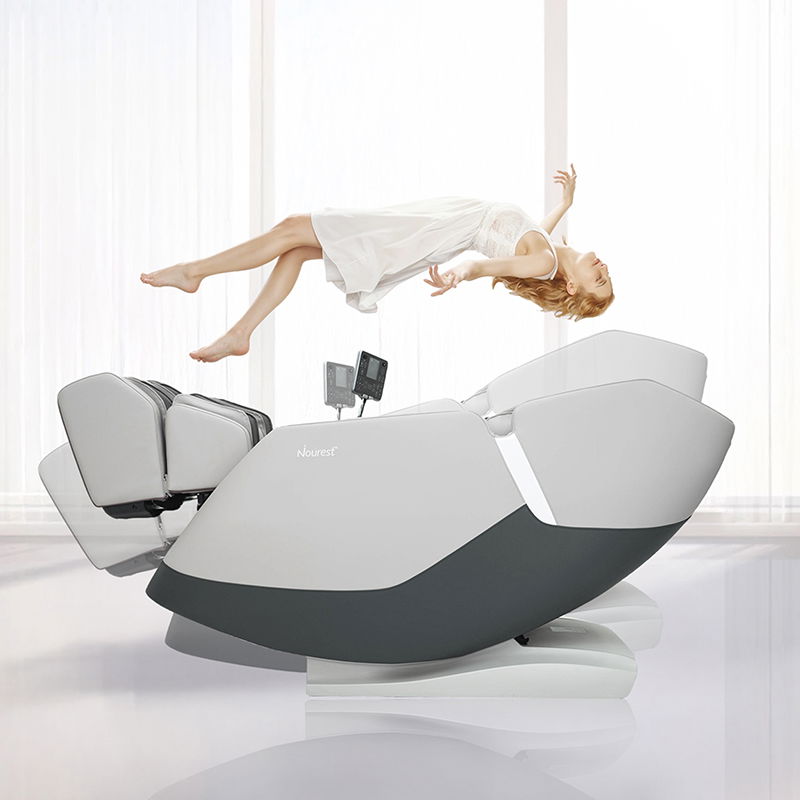

Shiatsu massage chairs focus on applying deep, rhythmic pressure along specific points of the body, similar to traditional Shiatsu techniques. They often include rollers and air pressure to simulate finger and palm pressure along meridian lines.
These chairs are designed specifically to target the feet, legs, and lower body, offering foot rollers, air compression, and heat therapy. They are ideal for relieving foot pain, swelling, and tension after long periods of standing or walking.

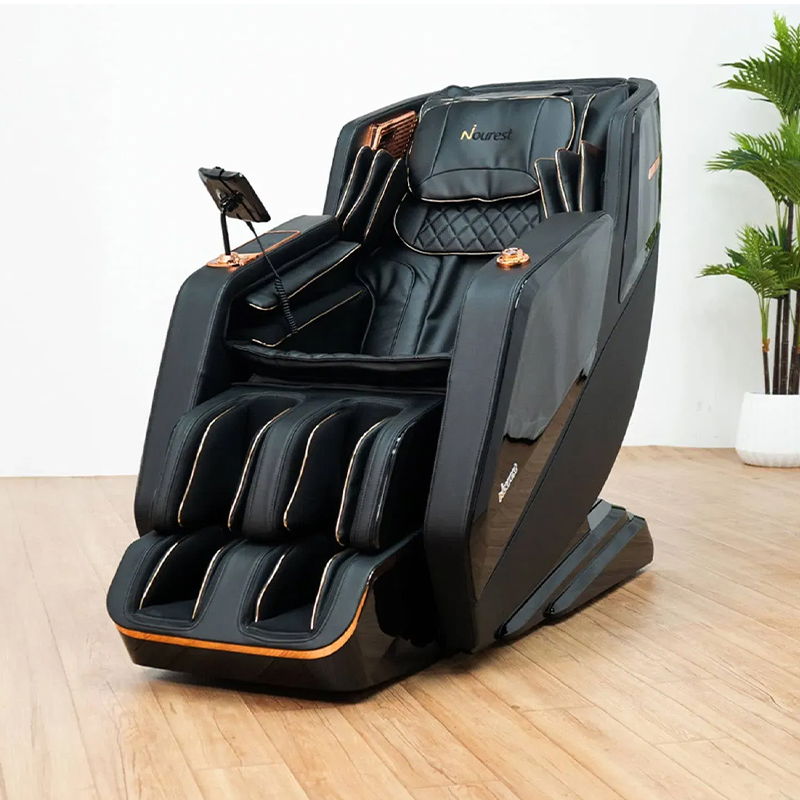
These chairs offer a reclining feature that provides full-body coverage, allowing users to relax in a comfortable position while receiving a comprehensive massage. They often include various types of massage functions and can recline to different angles.
This type combines a standard chair with a separate ottoman designed for foot and leg massages. They can offer a more flexible option, allowing users to focus on the upper or lower body separately.
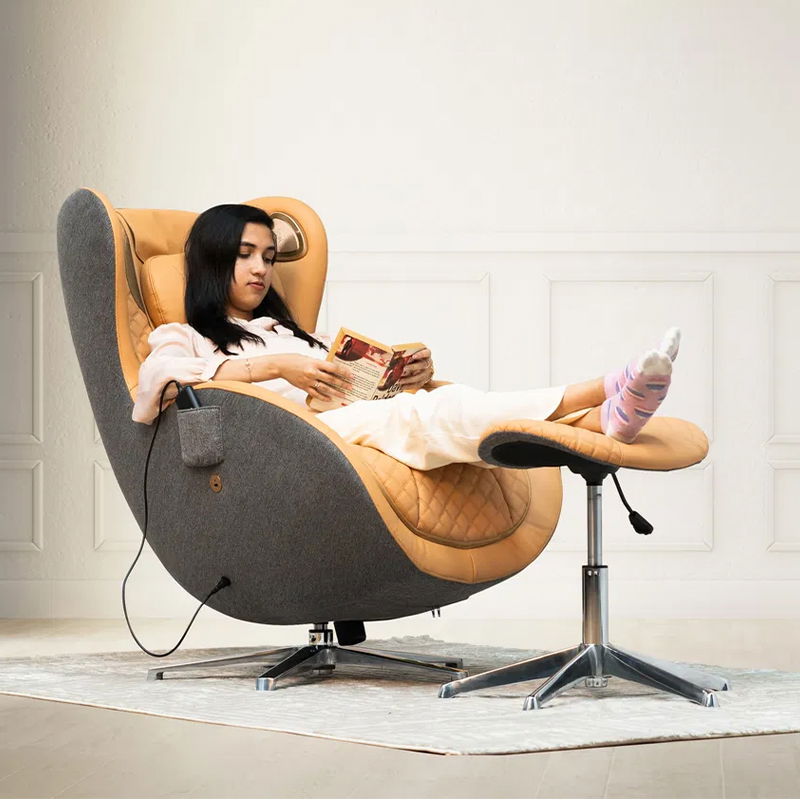
Massage chairs typically offer a variety of pre-programmed massage options designed to cater to different needs and preferences. Common programs found in massage chairs include:
This program focuses on calming the body and mind with gentle, soothing massages. It’s often used for stress relief and relaxation after a long day.
A more intense massage that targets deeper muscle layers to relieve tension and knots, often beneficial for those with chronic pain or muscle stiffness.
Based on traditional Japanese techniques, this program uses kneading, tapping, and circular motions to stimulate pressure points and help restore energy balance in the body.
A gentler, more soothing massage focusing on long, flowing strokes. It's often aimed at improving circulation, reducing stress, and promoting relaxation.
This involves a smooth, rolling motion that helps to relax the muscles along the back and shoulders, promoting overall relaxation and relieving minor aches.
The chair mimics a kneading motion similar to that used in traditional massages, particularly targeting the back and shoulders to release muscle tension.
Designed to help increase flexibility, this program stretches muscles and joints, typically focusing on areas like the legs, back, and arms.
This program uses rapid, gentle tapping motions to stimulate blood circulation and relax muscles.
Targeting the feet, this program provides a variety of techniques like rolling and kneading, aimed at alleviating foot pain and improving circulation.
Focuses specifically on relieving tension in the neck and shoulder area, often using techniques like kneading or tapping to relieve stiffness and soreness.
Many advanced massage chairs allow users to customize these programs or combine different techniques to tailor the experience to their specific needs.